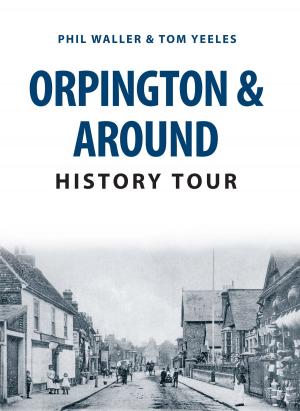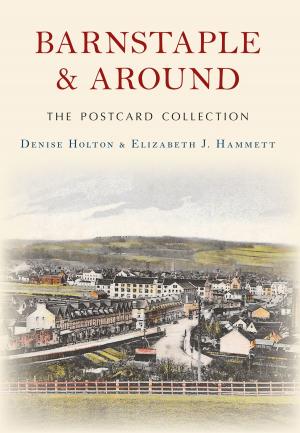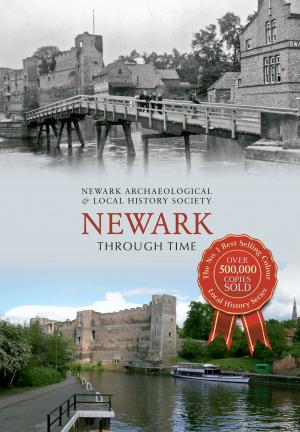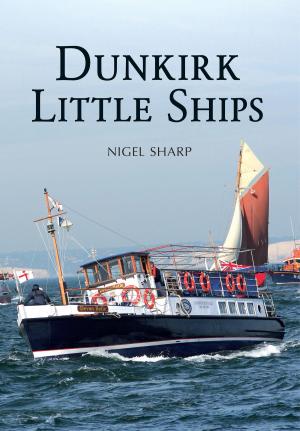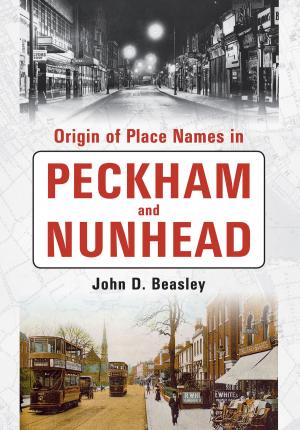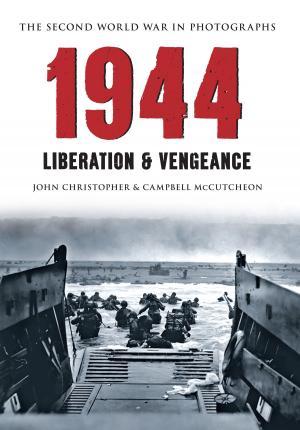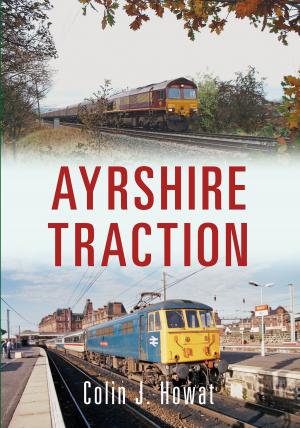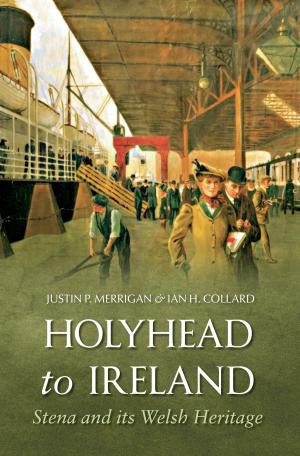| Author: | Andrew Cole | ISBN: | 9781445673097 |
| Publisher: | Amberley Publishing | Publication: | July 15, 2017 |
| Imprint: | Amberley Publishing | Language: | English |
| Author: | Andrew Cole |
| ISBN: | 9781445673097 |
| Publisher: | Amberley Publishing |
| Publication: | July 15, 2017 |
| Imprint: | Amberley Publishing |
| Language: | English |
Loadhaul, Mainline and Transrail were formed in 1994, when British Rail decided to concentrate its freight operations in the three companies. BR decided to split the country into three regions, with Loadhaul in the north-east, Transrail to the west, and Mainline to the south and east. The three companies would only have a short life span, as they were all brought together by Wisconsin Central, who renamed them all as EWS. The liveries of the three companies were very different. Loadhaul favoured all-over black with orange cabsides, while Transrail never adopted a new livery; rather they just rebranded their locomotives, which still carried their previous liveries, the most common being the former Trainload freight triple grey. Mainline also rebranded most of their locomotives in a similar way to Transrail, but they did also have a very striking aircraft blue and silver livery that started to grace the fleet. The three companies inherited most of the former Trainload freight locomotives, but also included were the Civil Engineers liveried locomotives. Here, Andrew Cole shows the different classes of locomotives that the three companies operated, both in traffic and also on the various depots that the companies operated from.
Loadhaul, Mainline and Transrail were formed in 1994, when British Rail decided to concentrate its freight operations in the three companies. BR decided to split the country into three regions, with Loadhaul in the north-east, Transrail to the west, and Mainline to the south and east. The three companies would only have a short life span, as they were all brought together by Wisconsin Central, who renamed them all as EWS. The liveries of the three companies were very different. Loadhaul favoured all-over black with orange cabsides, while Transrail never adopted a new livery; rather they just rebranded their locomotives, which still carried their previous liveries, the most common being the former Trainload freight triple grey. Mainline also rebranded most of their locomotives in a similar way to Transrail, but they did also have a very striking aircraft blue and silver livery that started to grace the fleet. The three companies inherited most of the former Trainload freight locomotives, but also included were the Civil Engineers liveried locomotives. Here, Andrew Cole shows the different classes of locomotives that the three companies operated, both in traffic and also on the various depots that the companies operated from.

